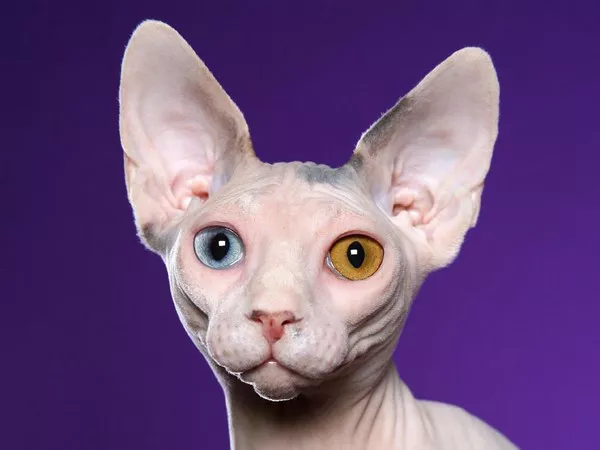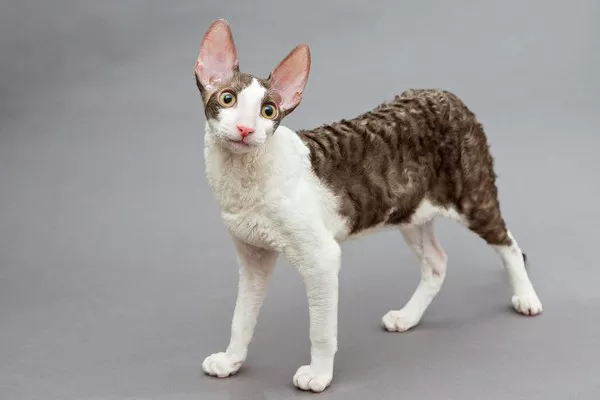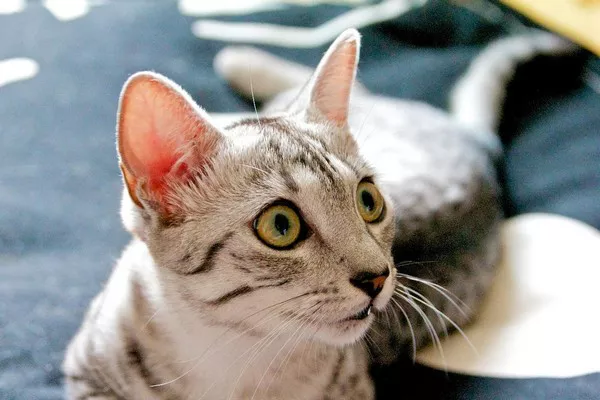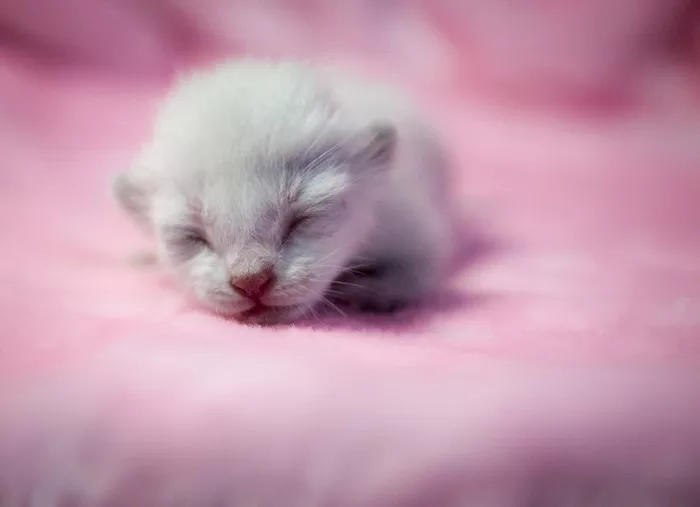The Sphynx cat, with its distinct hairless appearance and captivating personality, has garnered attention and admiration worldwide. While many associate the Sphynx cat with its unique hairlessness, the breed’s origin and history encompass much more than its physical attributes. In this article, we delve into the fascinating heritage of the Sphynx cat, exploring its origins, development as a breed, and the factors that contribute to its distinctive characteristics. Understanding the Sphynx cat’s background not only enhances our appreciation for this remarkable feline but also deepens our bond with these extraordinary companions.
1. The Origins of the Sphynx Cat:
Contrary to popular belief, hairless cats have been documented throughout history in various regions. The Sphynx cat, as we know it today, traces its roots back to a genetic mutation that occurred in domestic cats. The first recorded instance of a hairless cat was in Toronto, Canada, in 1966, when a stray cat named Prune was discovered, marking the beginning of the Sphynx breed.
2. The Role of Genetic Mutations:
The hairlessness of the Sphynx cat is a result of a natural genetic mutation. The mutation affects the gene responsible for producing the protein that creates hair in cats. This spontaneous mutation gave rise to the unique physical appearance of the Sphynx breed.
3. Breed Development and Recognition:
After the discovery of Prune, efforts were made to selectively breed hairless cats to establish a breed with consistent characteristics. Breeders crossed Prune with other domestic cats to expand the gene pool and strengthen the hairless trait. Through careful breeding and selection, the Sphynx cat breed began to take shape. In 1983, the breed was officially recognized by major cat registries, such as The International Cat Association (TICA) and the Cat Fanciers’ Association (CFA).
4. Selective Breeding and Diverse Ancestry:
To ensure the health and vitality of the Sphynx breed, breeders introduced cats from various backgrounds into their breeding programs. This practice helped diversify the genetic pool, reduce the occurrence of genetic disorders, and strengthen the breed’s overall health and temperament. While the initial focus was on the hairless trait, breeders also considered other factors, such as body structure, coat texture, and personality, to develop a well-rounded breed standard.
5. Regional Contributions to the Sphynx Breed:
a. Canada: Prune, the first recorded hairless cat, played a pivotal role in establishing the Sphynx breed. Canadian breeders, inspired by Prune’s unique characteristics, devoted their efforts to refine and promote the breed’s development.
b. United States: American breeders, particularly those in the state of Minnesota, made significant contributions to the development of the Sphynx breed. Through careful breeding programs and collaborations, they helped establish the breed’s foundation and gain recognition in major cat associations.
c. Europe: European breeders also played an instrumental role in advancing the Sphynx breed. They contributed to the breed’s genetic diversity by introducing cats from different lineages and collaborating with breeders across continents to enhance the breed’s overall health and appearance.
6. Physical Characteristics:
While the Sphynx cat is known for its hairlessness, it possesses unique physical features beyond its lack of fur. Sphynx cats have a muscular build, prominent cheekbones, large ears, and expressive eyes. Their skin is covered in a fine layer of downy hair or fuzz, which adds texture and warmth to their appearance. Despite their lack of traditional fur, Sphynx cats are not completely hairless.
7. Care and Maintenance:
Contrary to popular belief, the hairless nature of Sphynx cats does not mean they require minimal grooming. Their exposed skin requires regular care to maintain cleanliness, prevent oil buildup, and protect against temperature changes. Bathing, moisturizing, and periodic ear and dental care are essential to keep Sphynx cats healthy and comfortable.
8. Temperament and Personality:
Sphynx cats are renowned for their affectionate and outgoing personalities. They thrive on human companionship and enjoy being the center of attention. Sphynx cats are highly social, often seeking interaction and bonding with their human family members. They are playful, curious, and known for their intelligence. Their lively and extroverted nature makes them engaging and entertaining companions.
9. Health Considerations:
The Sphynx breed, like any other cat breed, may have specific health considerations. Breeders have worked diligently to minimize the occurrence of genetic disorders by implementing responsible breeding practices and genetic testing. It is important for potential Sphynx cat owners to work with reputable breeders who prioritize the health and well-being of their cats.
10. The Sphynx Cat’s Popularity and Global Recognition:
The distinctive appearance, unique personality, and endearing nature of Sphynx cats have gained them popularity worldwide. They have become cherished pets and have even made appearances in popular culture, including films, advertisements, and social media platforms. Their striking features and captivating personalities continue to captivate cat enthusiasts globally.
Conclusion:
The Sphynx cat’s journey from a genetic mutation to a recognized and cherished breed is a testament to the dedication of breeders and the fascination they inspire in cat lovers worldwide. Understanding the origins, breed development, physical characteristics, and unique traits of Sphynx cats deepens our appreciation for their distinctiveness and enhances our ability to provide them with the care and companionship they deserve. Whether adored for their hairless appearance or cherished for their loving personalities, Sphynx cats hold a special place in the hearts of cat enthusiasts, serving as a reminder of the remarkable diversity and beauty found within the feline world.



























